Jenny Saville: The Anatomy of Painting at the National Portrait Gallery
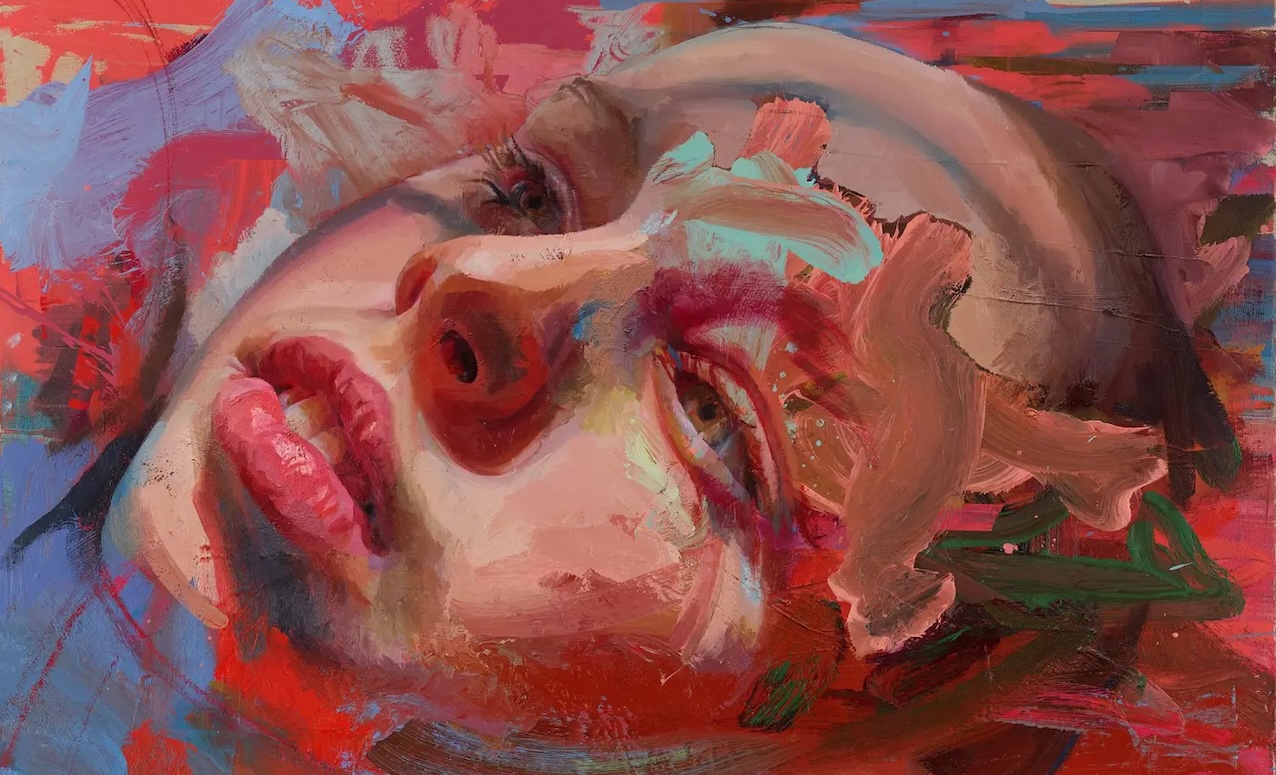
Right from her discovery at the hands of Charles Saatchi in an acclaimed final degree exhibition at Glasgow School of Art in 1992, Jenny Saville’s practice has been marked by its virtuosity. The 32 years since have seen her emerge in the firmament of contemporary figurative painting. Surprisingly, no major British art institution has held an extensive show of her work until now. Six years in the making, Jenny Saville: The Anatomy of Painting at the National Portrait Gallery brings together 45 paintings and drawings, representing three decades of commitment to the human form.
Saville has something of a history with the National Portrait Gallery. Whilst still in her early 20s, the artist’s work was selected for both the 1990 and 1991 editions of the institution’s annual Portrait Award, then still sponsored by BP. Beyond the confines of the current exhibition, on the first floor, one can also find the animated drawing Saville made of the renowned biographer of Picasso, John Richardson. Indeed, the title of the present exhibition is a quotation from a 2012 conversation between the artist and Richardson in which she stated: “I started to think about not just the anatomy of the body but about the anatomy of a painting.”
Sarah Howgate, the exhibition Curator, describes Saville’s contribution to Young British III, the 1994 exhibition held at Charles Saatchi‘s original Boundary Road gallery, as being seminal. Others, including this writer, will have vivid memories of encountering the British painter’s monumental Propped (1992) at that era-defining peak of YBA notoriety, Sensation at the RA in 1997. Still arguably Saville’s most famous work, Propped, displayed at the start of the current show, appears to depict a naked woman of Rubenesque proportions staring down at the viewer atop a phallic stool. In what is in reality a self-portrait (with perspective deployed to exaggerate bodily scale), traditional art history’s objectification of female form is being thrown a profound challenge. Rather than idealising the body, she embraces its imperfections.
Throughout this essentially chronologically curated examination of Saville’s career up to this point, one finds regular references to art historical grandees. Trained in the European tradition, the artist has long testified to her study of the likes of Michelangelo and Titian. As a girl, her exposure to the latter’s Assumption of the Virgin altarpiece in the Basilica Maria Gloriosa dei Frari had a profound effect. The sheer scale led to her seeking to emulate such monumentality once she took up the brush herself.
Another memorable quote from the artist, “Flesh was the reason why oil paint was invented,” comes to the fore in her early canvases at the NPG. Plan (1993) confronts the viewer with a naked Saville standing looking down at us, pubic hair prominent. Her comparison of the human body to a landscape seems to be given actual expression here with lines apparently mapping out contours. There’s a vulnerability and yet also a strength in this warts-and-all reclaiming of the female narrative. The epic scale and matter-of-factness of these figures give them a power bordering on the majestic. Trace (1993) sees the painter displaying with weighty physicality the marks left on an adult female’s back and buttocks by constrictive underwear. Unidealised but beautifully painted, the figure stands with her hands by her sides as if being inspected. Clinically observed, it calls for women to be thought of for who they are.
In the 2000s, one finds Saville maintaining her epic scale but zoning in on the human head. Here, the raw imagery of corpulent flesh before is replaced by young faces brutalised by life and violence. Stare (2004-2005) depicts a young woman carrying a facial birthmark that the artist came across in a medical textbook. The exuberant handling of vibrant pigment, traumatised eyes and disfigurement itself lure you into their harrowing orbit. Heavily layered paint and sheer existential bleakness recall Francis Bacon. Saville gained the confidence to paint from photographs from that brutal contemplator of the human condition, believing it offers her greater freedom to explore poses. In another canvas nearby, Reverse, a bloodied-lipped woman lying on the floor blankly meets our gaze, seemingly breathing her last. She appears beside us, the loose brushstrokes revealing the liquidity of the prominently red and brown pigments. The gore continues in the 2009 painting Witness, a dramatically illuminated image of an assaulted woman with her mouth agape, smashed to a bloody pulp. All point to Saville’s unflinching desire to capture humanity in all of its malleability and vulnerability.
Mercifully, subject matter of a gentler vein awaits in the subsequent room of this exhibition. One finds the artist engaging in dialogue with Michelangelo, producing exquisite charcoal and pastel drawings of herself interacting with her baby. These charmingly intimate evocations of motherhood reveal the precious but challenging nature of nurturing our infants, a succession of lines conveying movement. A prime example here is found in Study for Pentimenti IV (2011), where a baby boy is held on top of his mother’s pregnant stomach. For all the evident tenderness, Saville’s children are depicted not as cherubic little beings but wriggling, needy realities.
Elsewhere, the artist explores the theme of human sexuality. In the charcoal and pastel work on paper, Interlocking Figures Study (2019-2021), a man lies beside his lover, his hand around her stomach as they seem lost in post coital thought. Odalisque (2012-2014) is an oil and charcoal piece depicting a fragmented multiracial coupling. Intriguingly, a canvas appears in the background showing the lovers entwined.
As this surely long overdue retrospective of Saville’s career enters its final chapter, one finds her most recent canvases invested with abstract forms and bright neon pigment. She has stated that Willem De Kooning was for her “a gamechanger” whose abstractions, together with those of Cy Twombley, have helped shape her own painterly language. The Cambridge-born artist has returned to her monumental heads of young people in recent years. The pastel and charcoal on canvas, Prism (2020), is built up with a lot of images, perhaps as many as 30 heads, Saville recalls. Enlivened by vivid red and purple, a perturbed-looking girl gazes upwards with an open mouth. Virtual (2020) is a self-portrait of the artist created over COVID-19, where she deconstructs her face and cuts out and repositions her eyes. Halfway between realism and abstraction, the work seizes on how our real and virtual worlds now uneasily coexist. The human figure and superb draftsmanship remain at the beating heart of the British painter’s practice. Visceral, monumental and revealing of art historical influences, The Anatomy of Painting highlights Jenny Saville’s enduring ability to capture humanity with a raw, unwavering honesty all of her own.
James White
Photo: Drift by Jenny Saville, 2020-2022 © Jenny Saville, Courtesy Gagosian
Jenny Saville: The Anatomy of Painting is at the National Portrait Gallery from 20th June until 7th September 2025. For further information or to book, visit the exhibition’s website here.

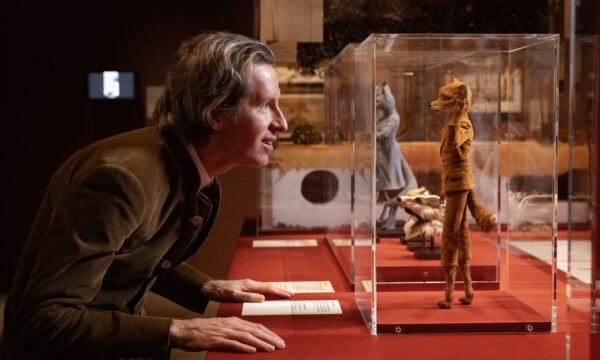
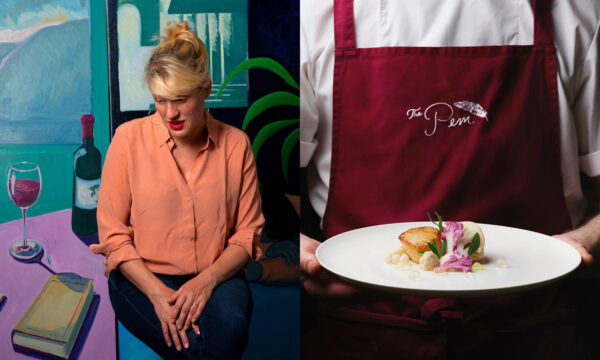
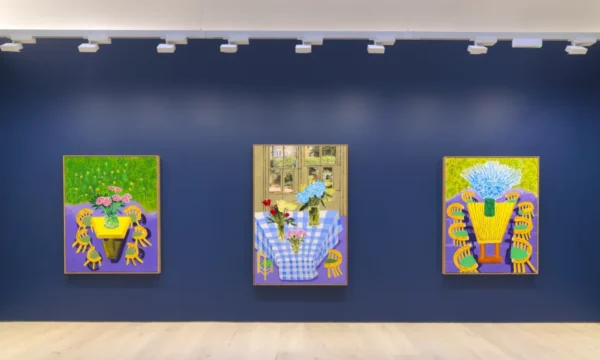

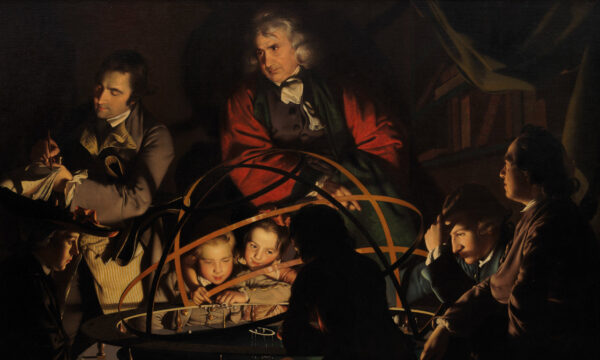
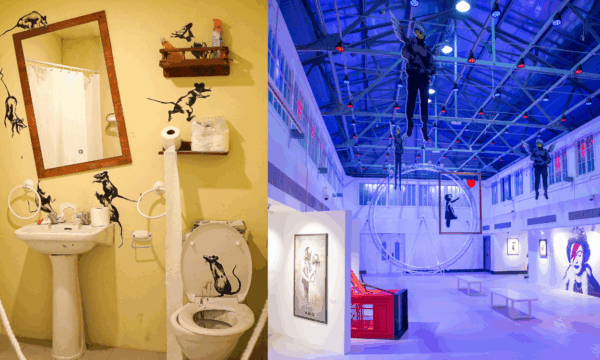
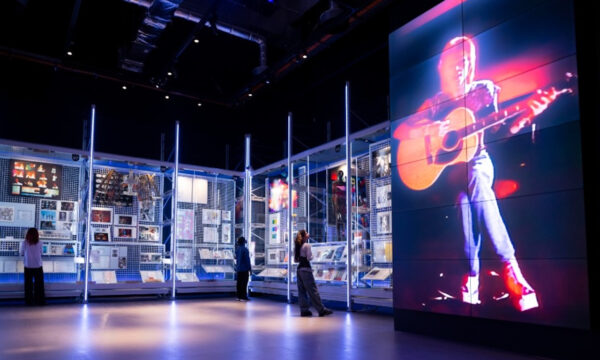
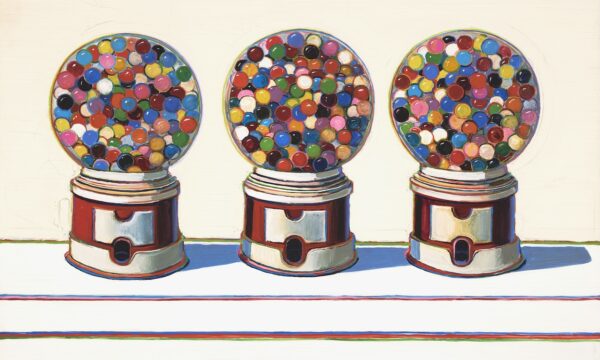
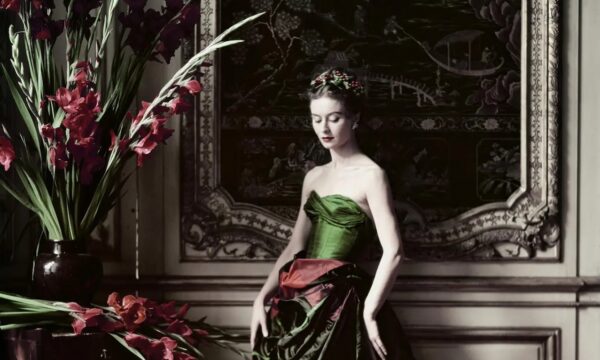
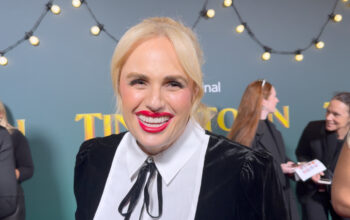

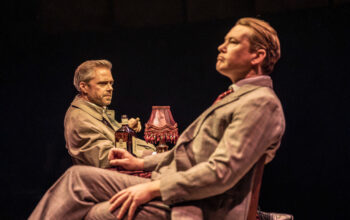
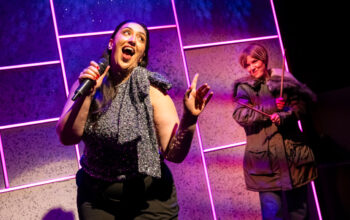


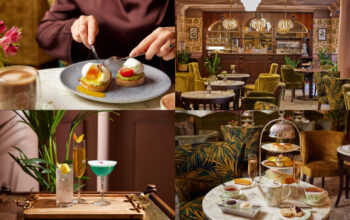

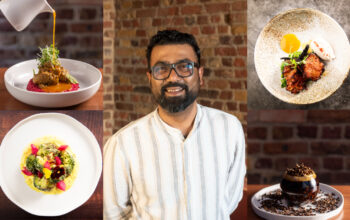
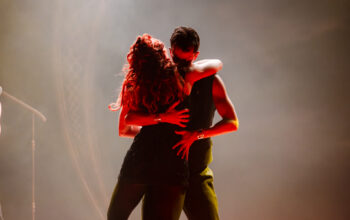


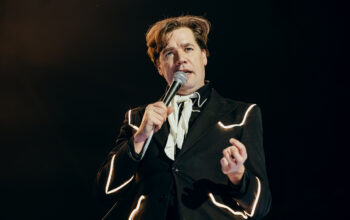


Facebook
Twitter
Instagram
YouTube
RSS